Synology NAS devices are trusted worldwide for reliable, high-performance data storage. But even the most dependable systems can encounter critical issues. One of the most alarming messages a user can receive is:
“Attention – System Partition Failed”
This system-level failure often causes panic and rightly so. The NAS may become inaccessible, with no clear repair options available. Worse, if the error is handled incorrectly, you could permanently lose all stored data.
In this guide, we explain the real meaning of the error, what steps you should (and should not) take, and why professional intervention is often the only safe path forward.
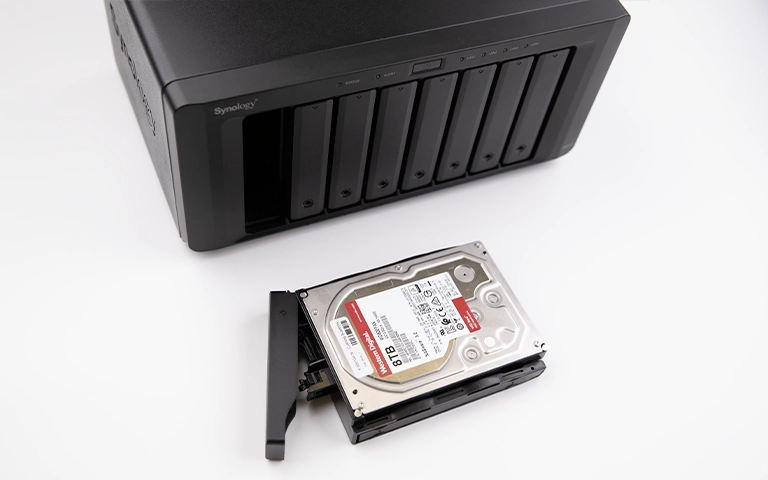
What Does “System Partition Failed” Mean on Synology NAS?
The system partition on your Synology NAS contains the operating system, core services, and essential configurations. When this partition fails, your NAS may:
Refuse to boot properly
Show errors in the Storage Manager
Display degraded volumes or missing disks
Lose access to file shares, applications, or backup services
In many cases, Synology DSM does not offer a visible “Repair” button. This leaves users unsure how to proceed, increasing the risk of errors that can worsen the problem.
Common Causes of System Partition Failure
A failed system partition is often a sign of underlying disk health issues or improper shutdowns, not just software glitches.
Here are common triggers:
Failing or degraded drives (even if only one disk shows SMART errors)
Power loss or unexpected shutdowns during updates
Corruption in DSM metadata
Disk removal or reseating during active operation
RAID volume inconsistencies or array misalignment
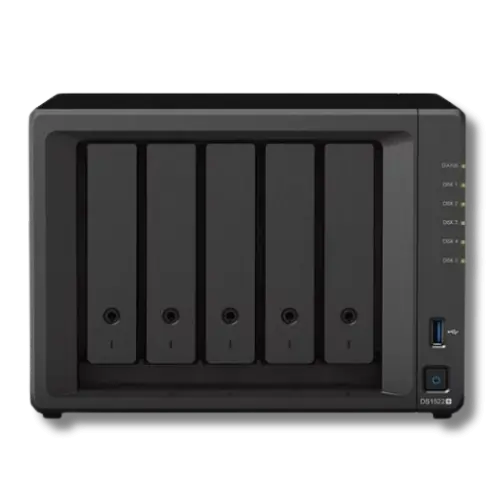
Why Rebuilding, Initializing, or “Fixing” the System Can Destroy Your Data
Many users, including experienced IT professionals, unintentionally make their data unrecoverable by rushing into rebuilds or resets.
Here’s what typically happens:
One drive fails due to age or wear
The system still boots, but shows partition or volume errors
The user replaces the failed disk and initiates a rebuild
During the rebuild, another drive fails or read errors occur
The volume collapses or becomes corrupted beyond repair
Rebuilding a degraded Synology RAID before imaging the drives is one of the most dangerous actions you can take.
If you haven’t created full disk images before initiating a rebuild, you are gambling with your data. Drives in RAID arrays often fail around the same time.
Adding a new disk and starting a rebuild puts intense read pressure on remaining drives. This stress can trigger secondary failures and corrupt your entire array.
To better understand the technical risks and failure patterns associated with RAID rebuilds, read our detailed breakdown of RAID rebuild data loss scenarios.
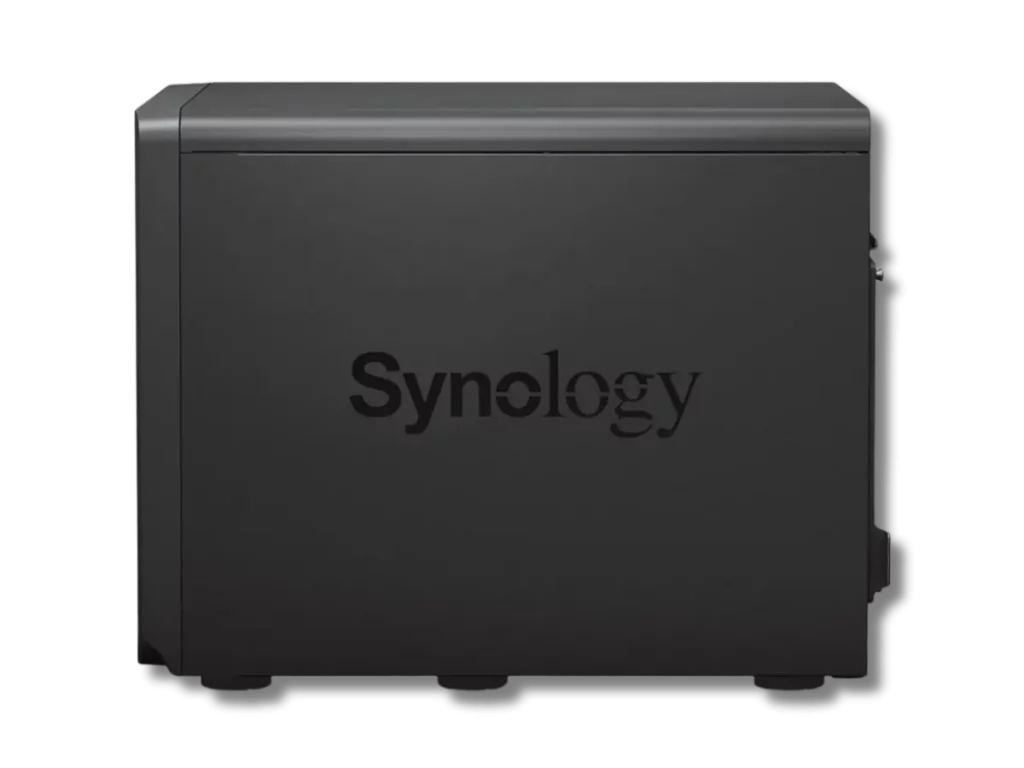
What to Do When You See “System Partition Failed”
Step 1: Do Not Rebuild or Reset the NAS
Avoid using DSM’s repair, format, or re-initialization options. These actions can overwrite system metadata or RAID configuration data, reducing recovery chances.
Step 2: Power Down and Label Your Drives
If possible, shut down the NAS safely. Label the physical position of each drive. The order is critical for recovery.
Step 3: Contact a Professional Recovery Lab
Before trying any further DIY fix, reach out to a trusted RAID and NAS recovery provider like RAID Recovery Services. Early intervention leads to the best outcomes.
Fast turnaround times for business-critical data
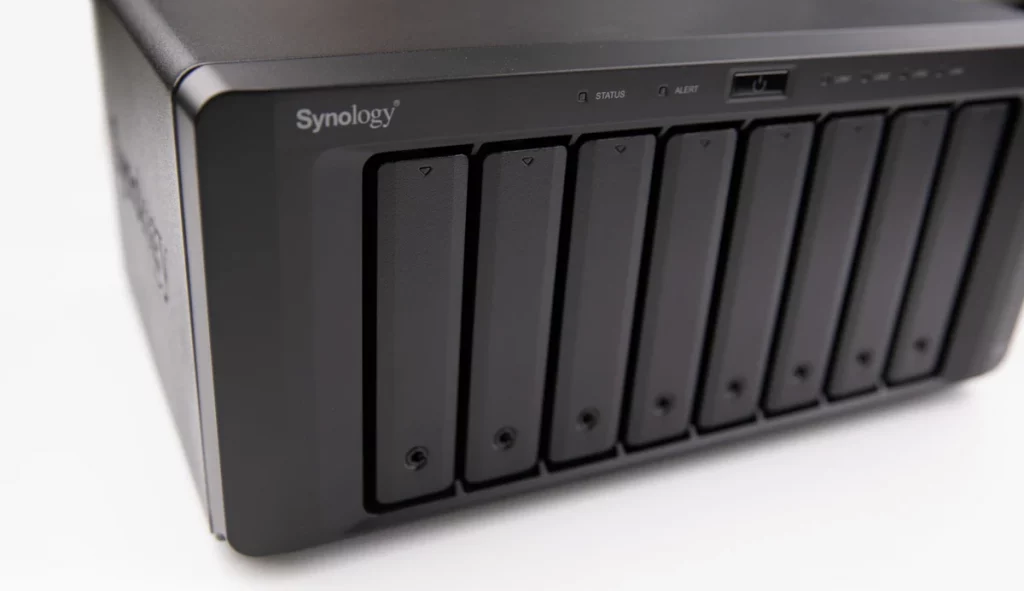
Our Process for Synology System Partition Recovery
At RAID Recovery Services, we specialize in handling complex Synology NAS failures, including:
System partition corruption
Failed or degraded RAID arrays (RAID 5, RAID 6, SHR, SHR-2)
Logical volume inaccessibility or DSM errors
For a real-world example of how we successfully recovered data from a severely damaged Synology NAS, read our detailed Synology NAS recovery case study.
Our recovery steps include:
Full-sector forensic imaging of each drive to preserve the original data
Safe RAID reconstruction in a virtual environment
Manual repair of corrupted system partitions
Data integrity checks to ensure full and accurate recovery
Remote file preview for customer verification before final delivery
By avoiding risky rebuilds and using a lab-grade workflow, we maximize the chance of a successful and complete recovery.
Real-World Impact: A Failed Synology Without the “Repair” Option
A client contacted us after seeing a “System Partition Failed” error on their Synology DS920+. DSM didn’t offer any repair button. One drive had failed, and they were about to replace it and start a rebuild.
Fortunately, they paused and contacted our team first. We imaged all drives, identified another drive with weak sectors, and reconstructed the SHR volume safely. All data was recovered without corruption.
If they had started the rebuild without imaging, the second drive would have failed mid-process, causing full array collapse.
If you’re facing a similar scenario, time is critical. Our emergency data recovery services are designed to respond immediately, minimizing downtime and maximizing recovery success.
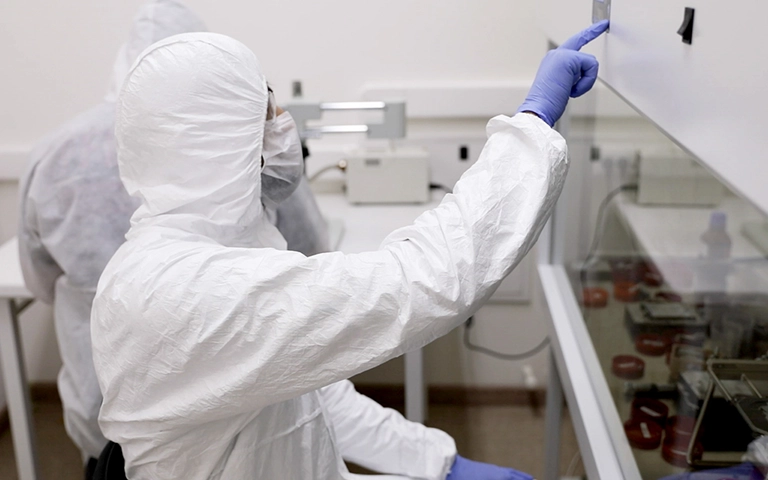
Don’t Risk It. Get Expert Help Before You Rebuild.
A Synology “System Partition Failed” error can be stressful, but the wrong response can make things worse. If you see this warning:
Stop all rebuild or repair attempts
Avoid formatting or initializing the volume
Contact RAID Recovery Services for a professional evaluation
We’re equipped with the tools, expertise, and experience to safely recover your Synology data and get your NAS back online.
For a full overview of our capabilities across all NAS platforms, explore our NAS data recovery services.
Contact us now for immediate support and data recovery options.
Trust the experts with proven results
Frequently Asked Questions
What does “System Partition Failed” mean on Synology?
It indicates that the NAS system partition has become corrupted or unreadable, affecting boot and operational functions.
Why is there no “Repair” button in DSM?
In many cases, DSM cannot offer repair options if it cannot fully mount or recognize the volume structure. It may also depend on the RAID status or file system condition.
Is my data gone if the system partition fails?
Not necessarily. If no rebuild or reformat has occurred, most data can still be recovered by professionals.
Can I fix this myself?
DIY fixes are risky. Rebuilds, resets, or DSM reinstalls without proper imaging can destroy data. Seek expert help.
How does RAID Recovery Services handle these cases?
We image all drives, rebuild the volume in a virtual environment, repair partition-level corruption, and extract intact data.